Fashion fatigue is real. After years of attending hundreds of fashion shows, receiving thousands of press releases touting the next young designer to watch, and speeding through showrooms in 5 minutes flat, you start to question whether you even like fashion, let alone love it the way you did as a teenager collaging photos from magazines. And then you glimpse a photo of a Ronald Van Der Kemp look from this July’s couture season, and it’s back. You love fashion again.
The look is a turquoise polka-dotted blouse, buttoned to the neck but completely sheer (very 70s YSL naughty/nice), and a floor-length black and white kilt. Like all of the Dutch designer’s “demi-couture” designs for the two collections he’s shown in Paris this year, the outfit is familiar (made with vintage fabrics) yet entirely fresh and unexpected. You have a sense of delight – likely the same feeling that inspires Marc Jacobs to comment on a Ronald Instagram: “LOVE this look and the collection is fantastic. Bravo @ronaldvanderkemp.”
Van Der Kemp works from his gut, buying deadstock fabrics and vintage pieces and collaging them into garments that feel completely inevitable. “I think my talent is in a mess,” he says when we meet in New York. “I’ve always tried to do things in a perfect way, which I’ve never been able to do. And now for the first time I have accepted the imperfection. I think that also makes things nice because I have this slogan: perfection only exists digitally. You can see that human hands had worked on it.” Like with the American-flag patchwork jeans and flag-lined fur coat that Marc Jacobs so admired – we’re talking museum-quality garments with a very personal touch.

Kate inherited the jacket from Inez Van Lamsweerde, the uber-photographer who went to art school with Ronald and has been one of his biggest supporters. He invited Inez and Vinoodh to look at the collection in Amsterdam before he showed it in Paris for the first time. They “really instantly loved it,” which was encouraging to him as “they’ve seen it all.”
“I do it intuitively,” continues Ronald. “I think that’s my talent or something.” He brings up the example of a sexy fur/leather jacket that Kate Moss wore, foxily: “At first it was a fur coat, and a leather jacket. And I didn’t like the fur coat and I didn’t like the leather jacket. So I put the two of them together, and it became a much more interesting thing in the end.”
And the clothing is part of a larger mission. After twenty-five years working for houses from Courreges to Bill Blass to Guy Laroche to Celine, the Dutch designer was ready to rethink luxury, completely on his own terms. He sees himself as an alternative to the mass-market, social media-crazy free-for-all that luxury brands have become.
The re-sourced fabrics are a reaction to the waste in the market. “I try not to order new fabrics, because I feel there is enough,” says Ronald. He gets exotic skins like watersnake, alligator, and python from a handbag manufacturer. “These animals are dead and rather than put them in the garbage, I’d rather make something out of them. At least I respect them more than just throwing them in the bin.”
Limited materials have another upside: exclusivity. The designer is drawn to the heyday of 70s and 80s fashion, designers like Valentino, Saint Laurent and his former mentor Bill Blass. “I had a real urge to make things that were really nice, you know, like they used to be,” he says. “This is what I’ve been trying to do: make all these really nice clothes that have this sort of sentimental feeling.” This “niceness” is achieved through an impressive army of helpers in Amsterdam, from the atelier that normally makes ballet and opera costumes to the old school tailor who does hand-made buttonholes.
So where can you buy these original creations? As of now, nowhere. Ronald has been talking to retailers, but he’s taking it slow: “It’s not my priority now.” (The first two collections were self-funded, and are available for custom orders.) His priority is working to create something pure, and worthwhile, outside of the system. “I have my own thing, I can do it the way I want to do it, and I can say what I want to say,” he says. “Because that’s why I’m doing it.”
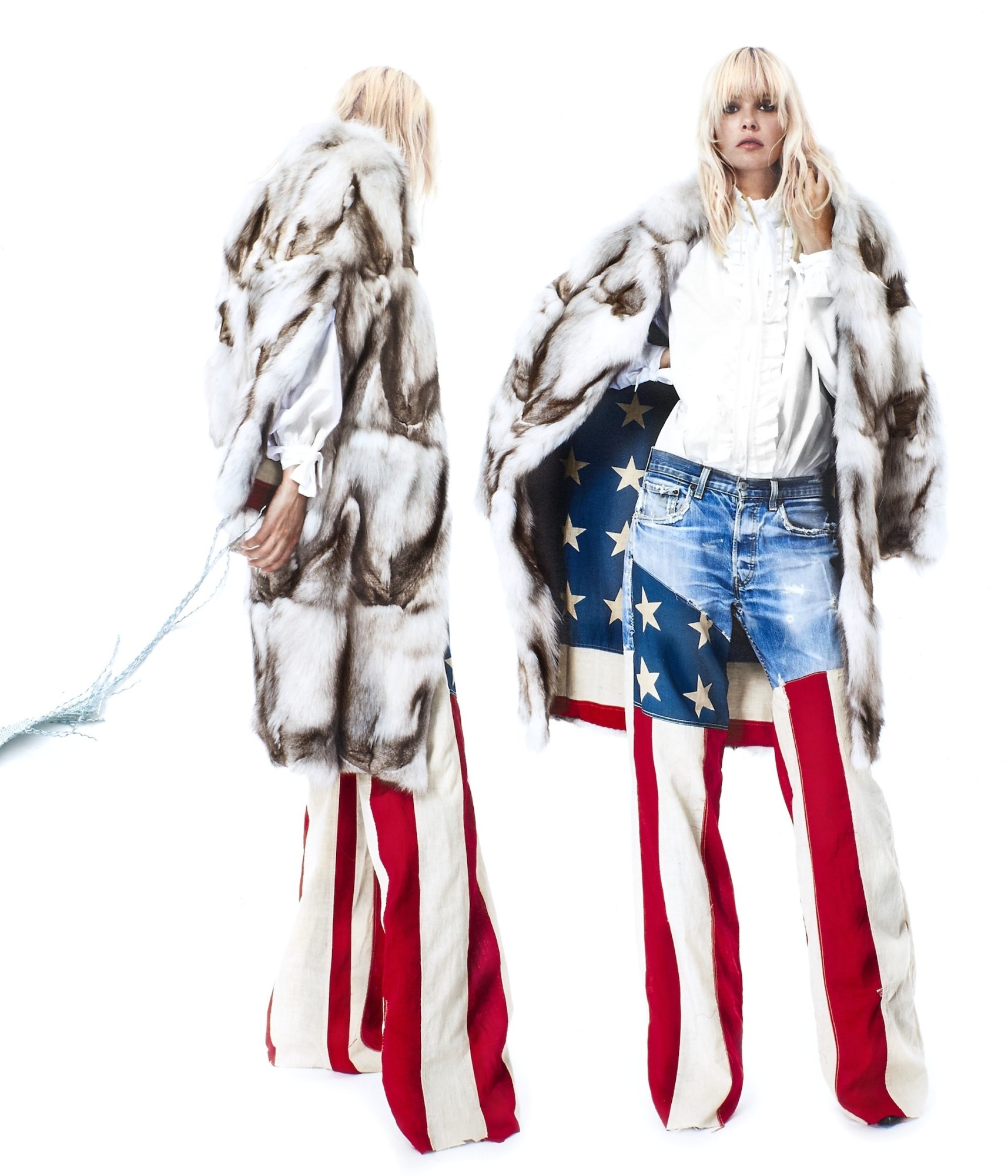
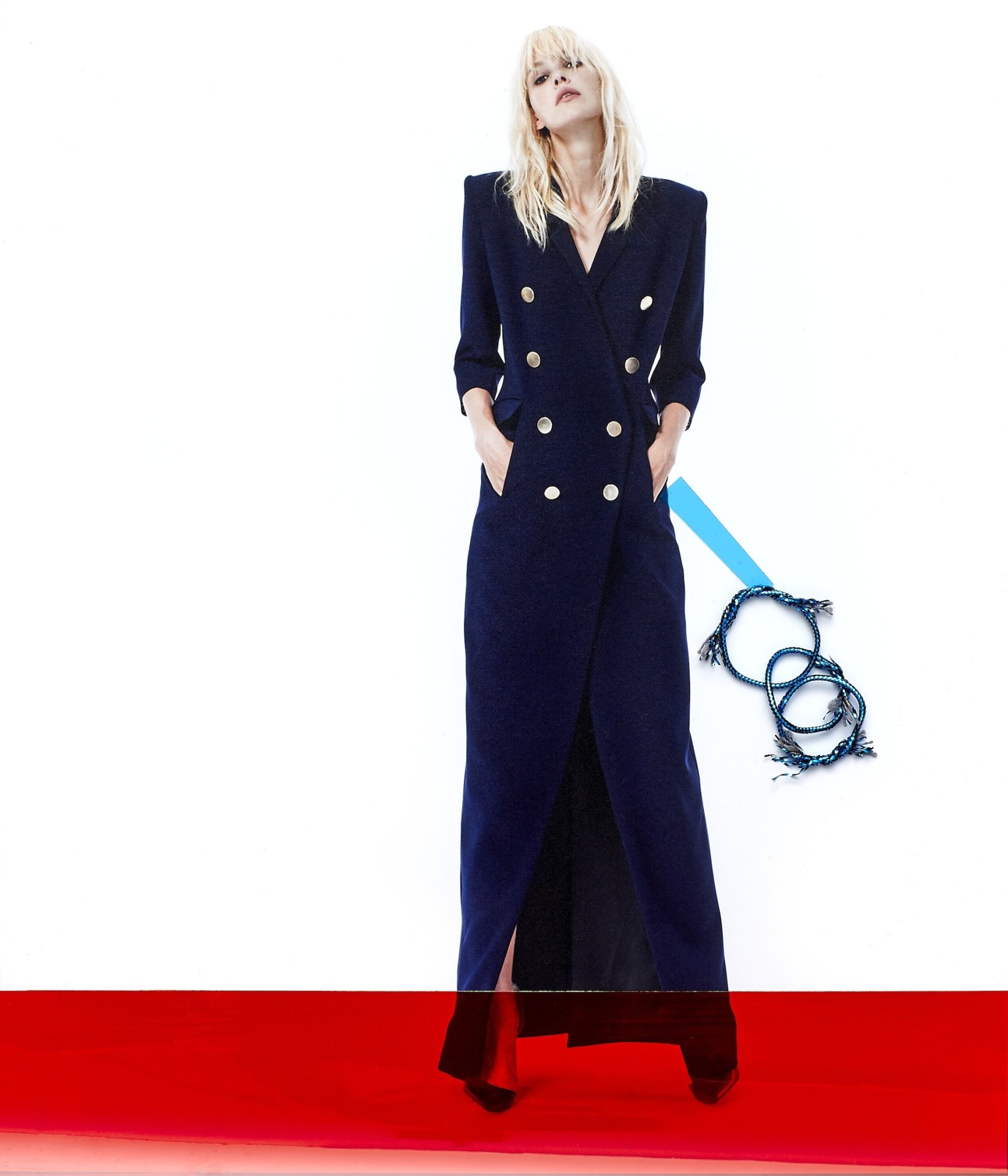
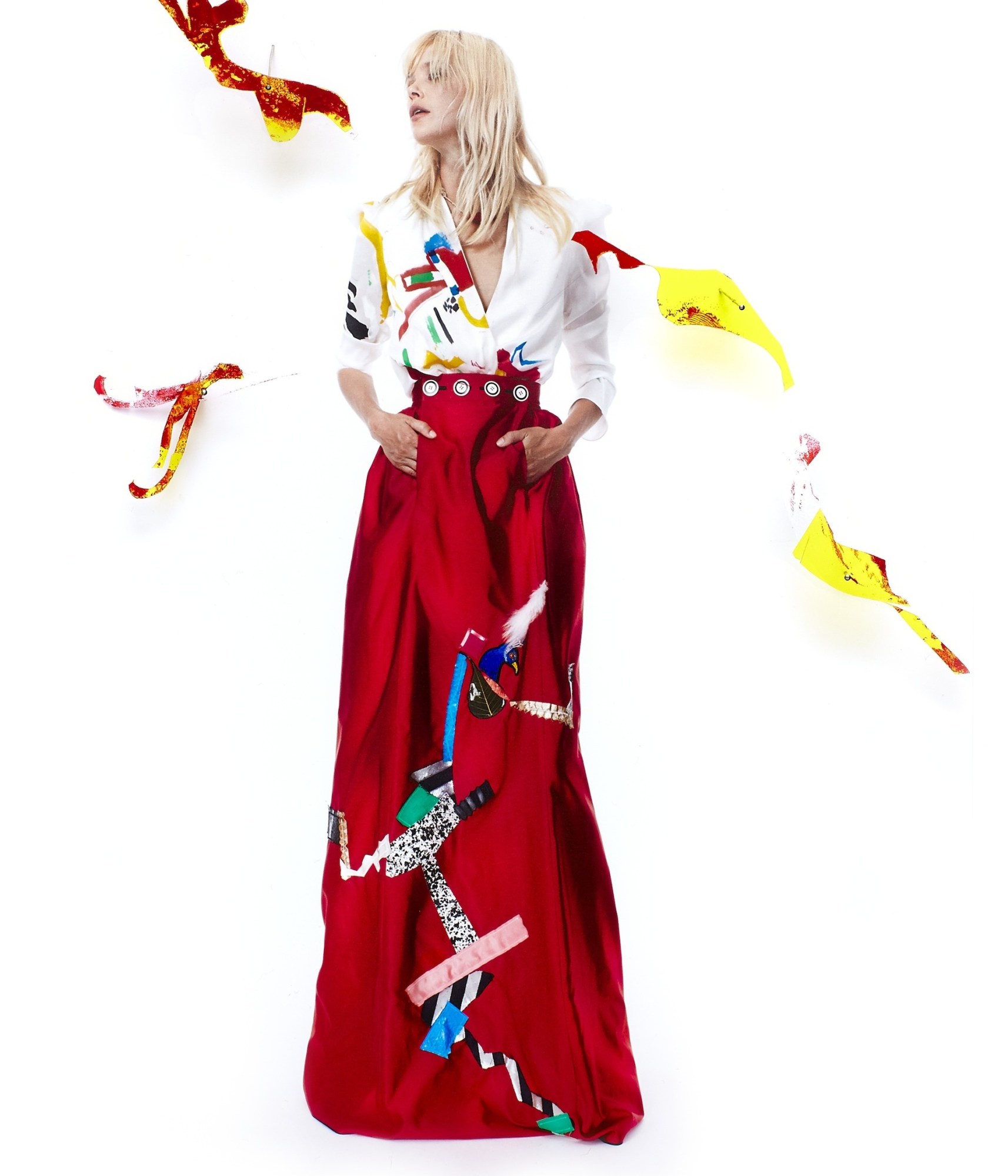

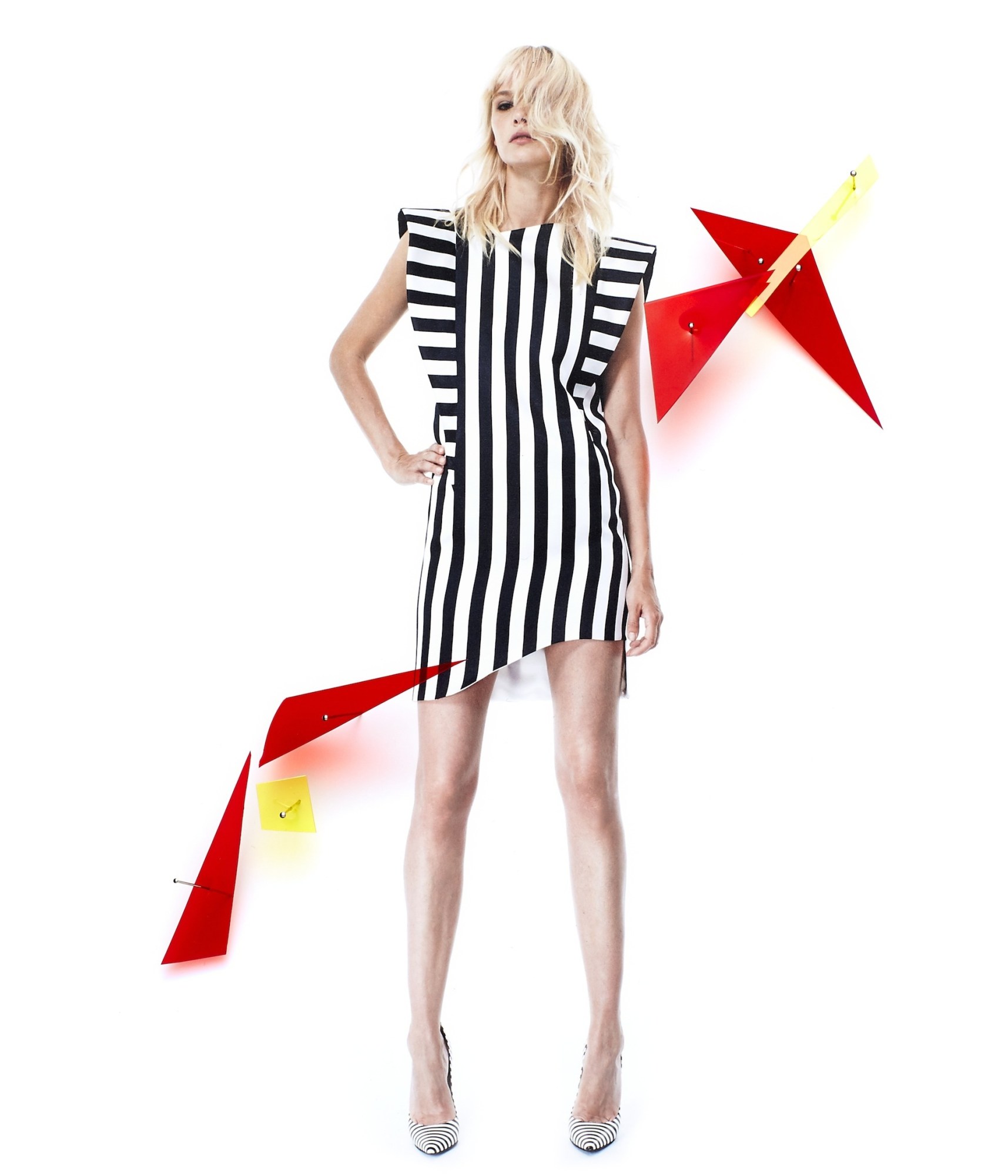
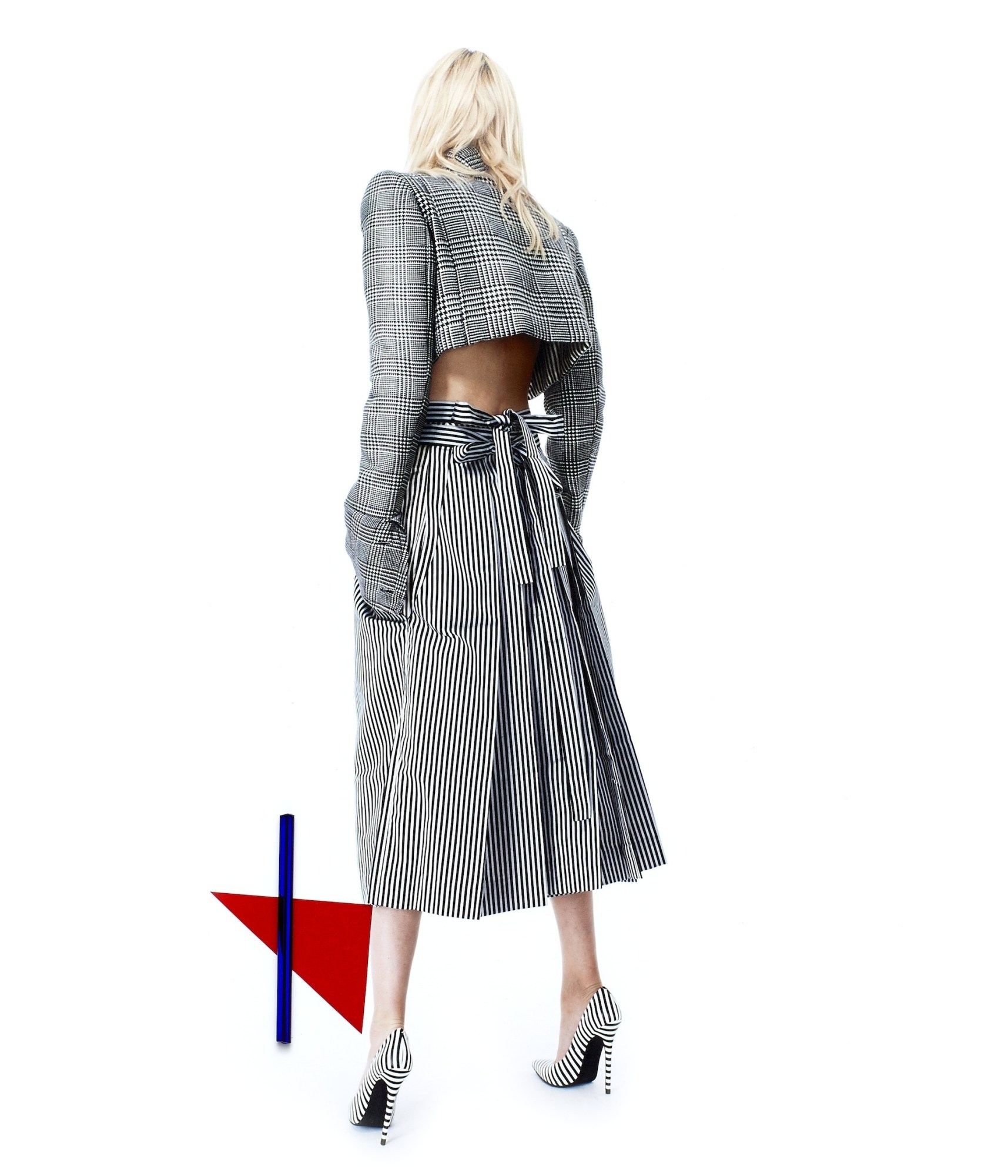
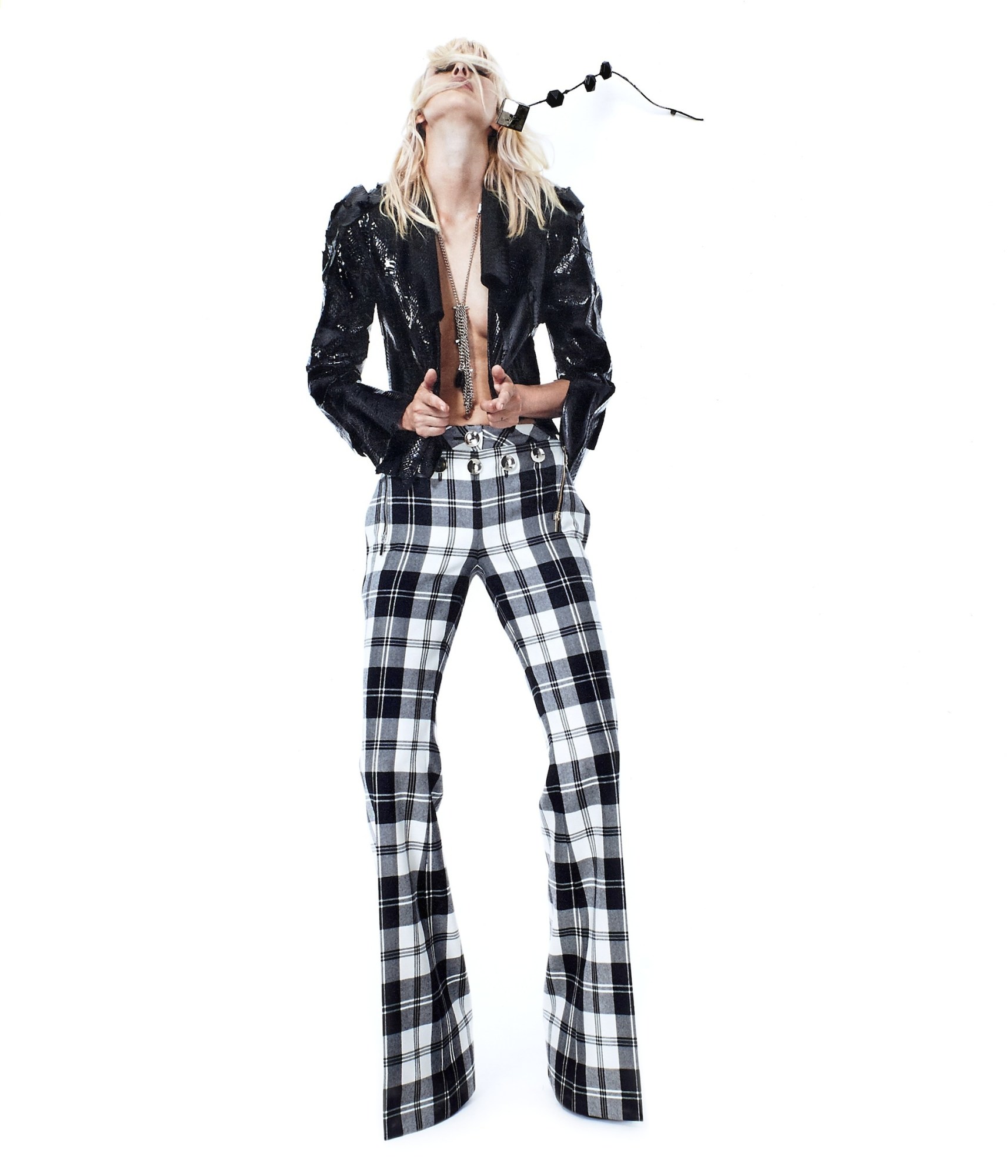
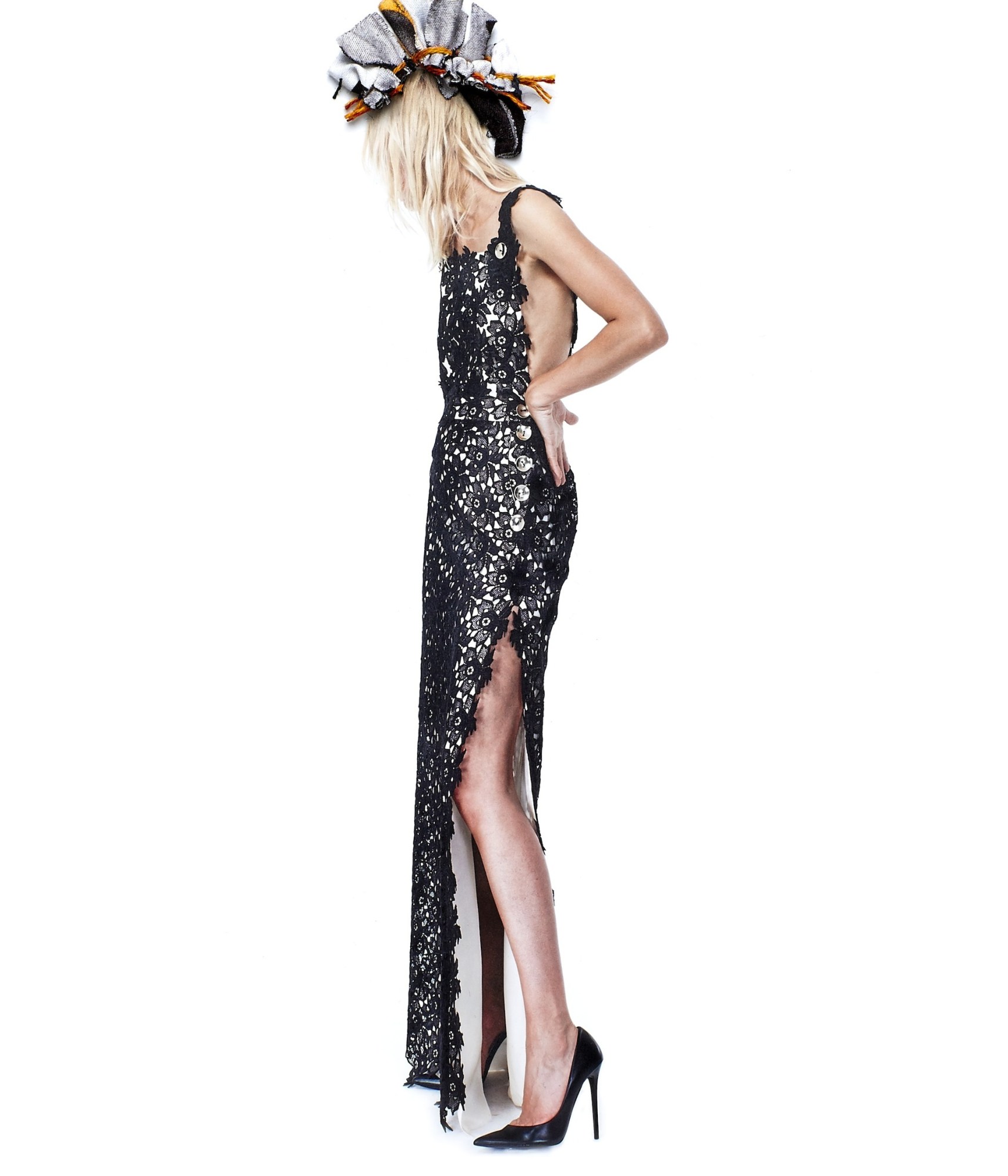
Credits
Text Rory Satran
Lookbook photography Marijke Aerden
